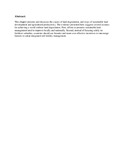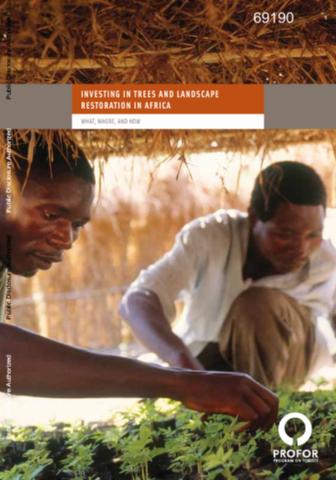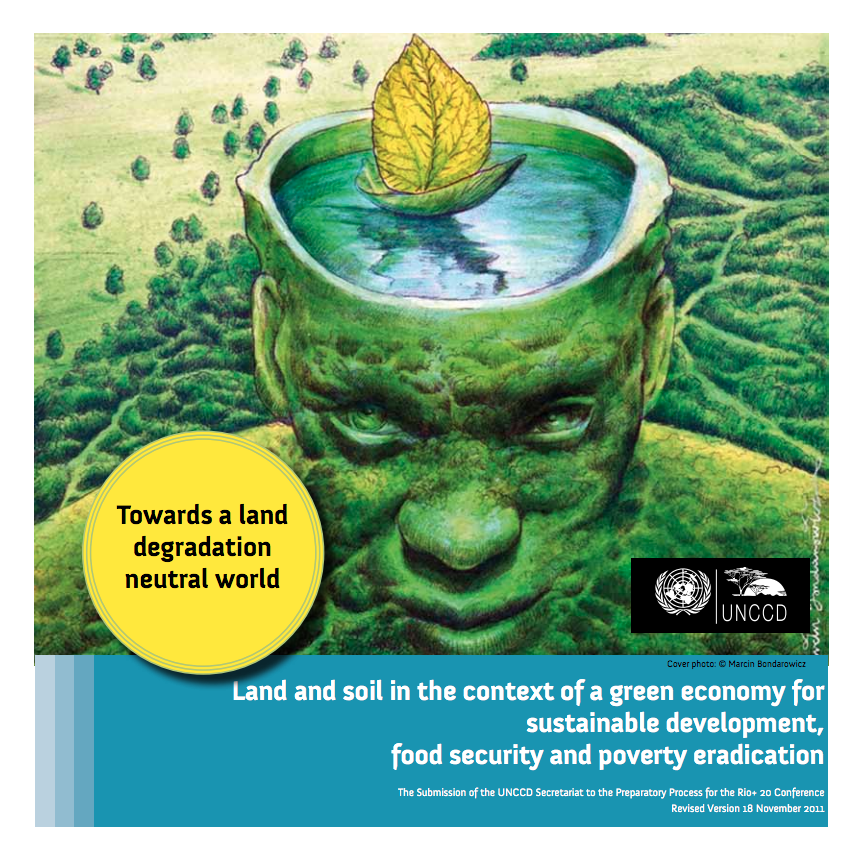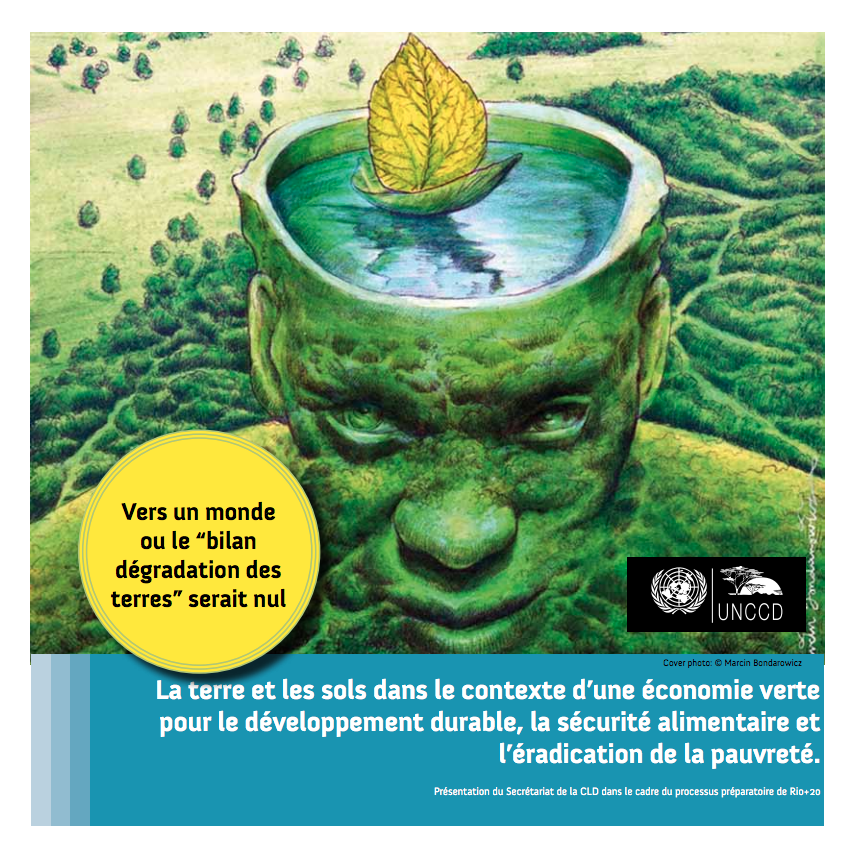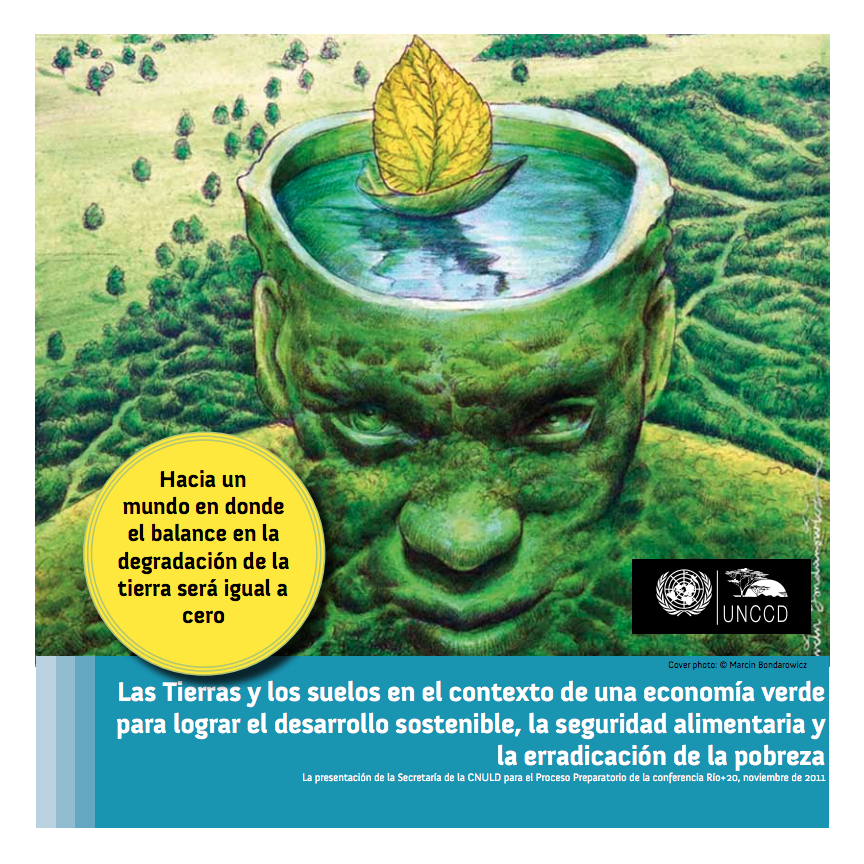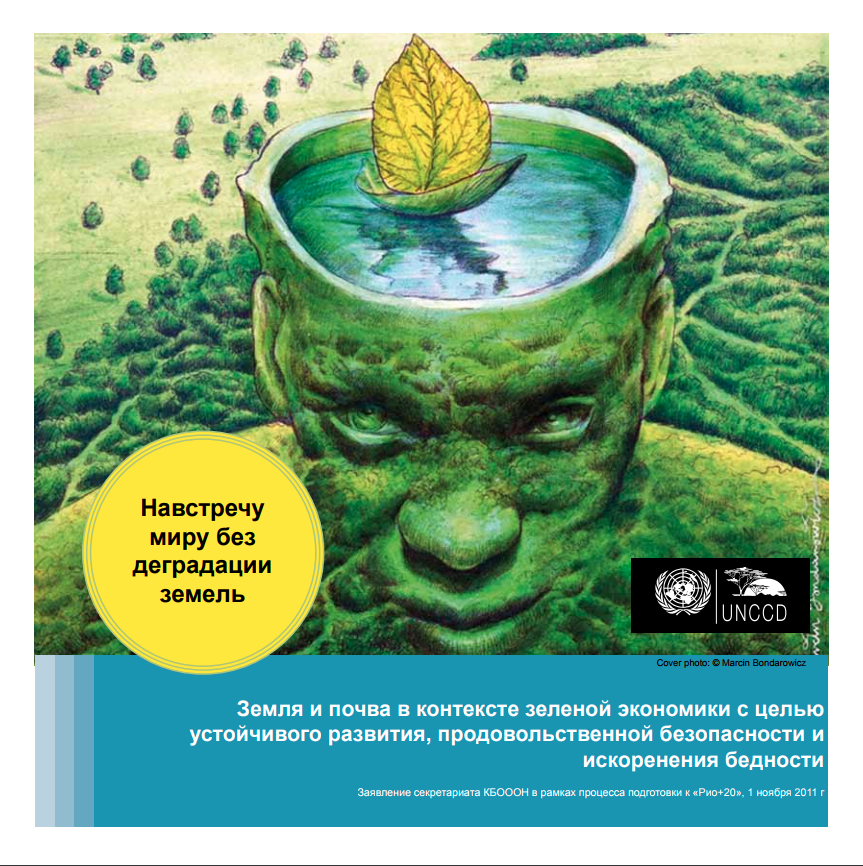Land under pressure.
This chapter presents and discusses the causes of land degradation, and ways of sustainable land development and agricultural productivity. The evidence presented here suggests several avenues for achieving a world without land degradation. First, efforts to promote sustainable land management need to improve locally and nationally. Second, instead of focusing solely on fertilizer subsidies, countries should use broader and more cost-effective incentives to encourage farmers to adopt integrated soil fertility management.

